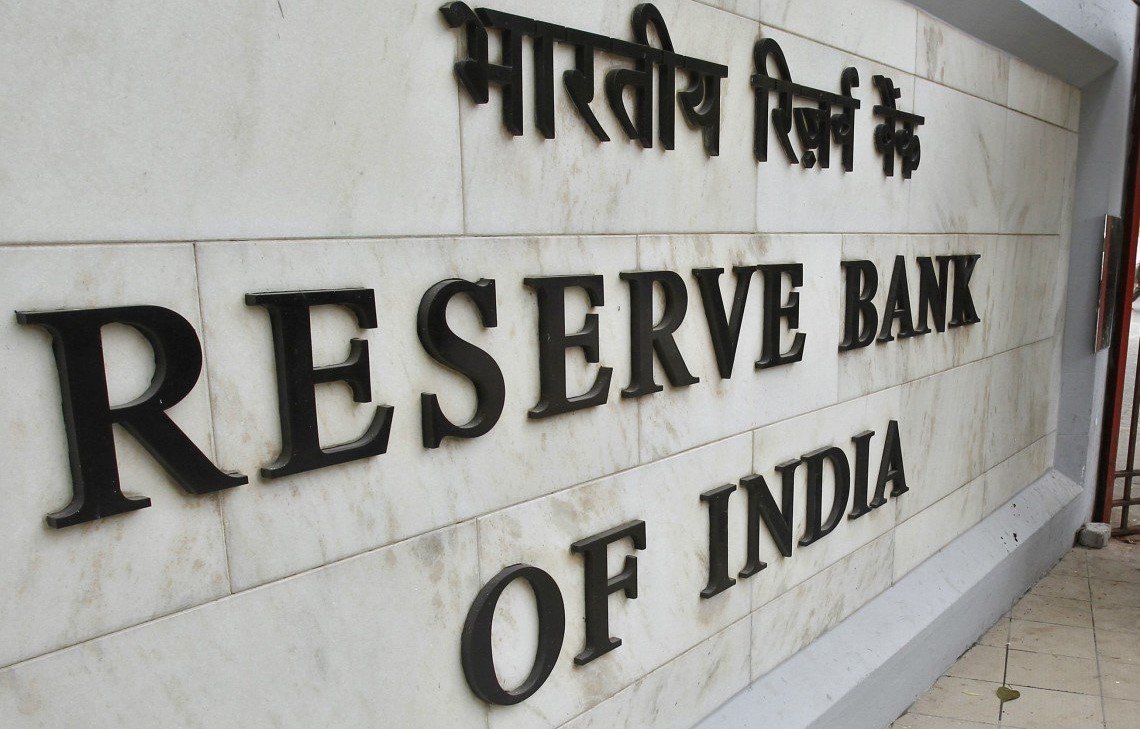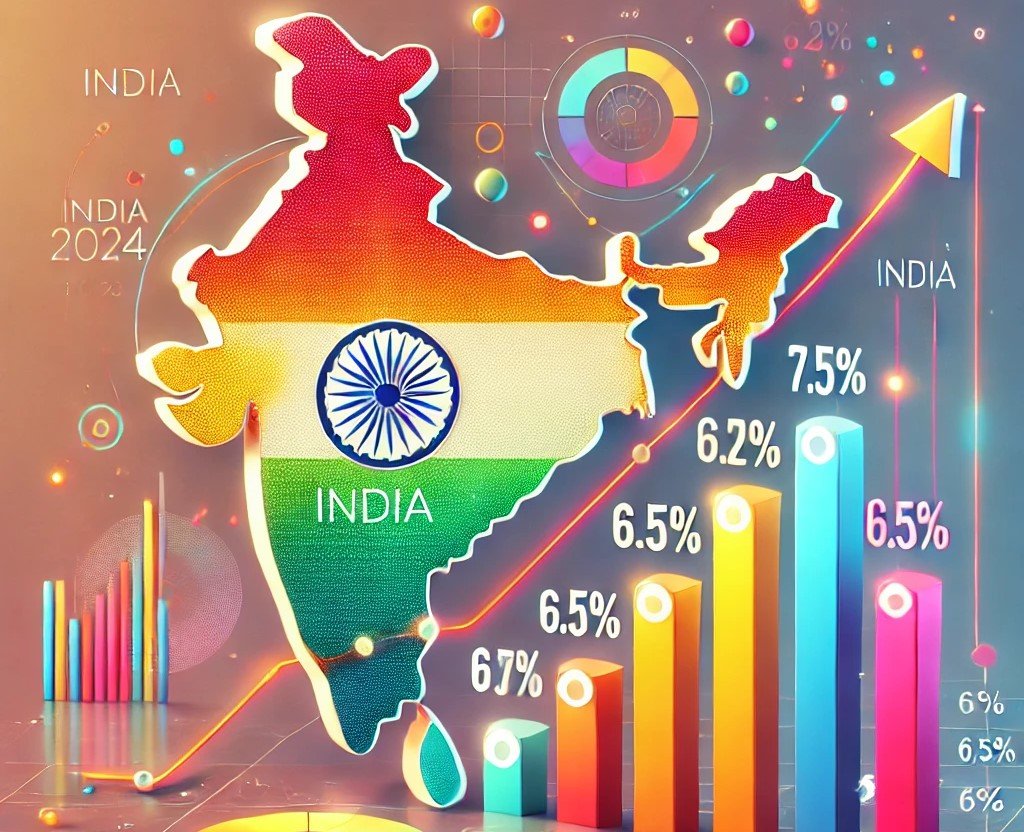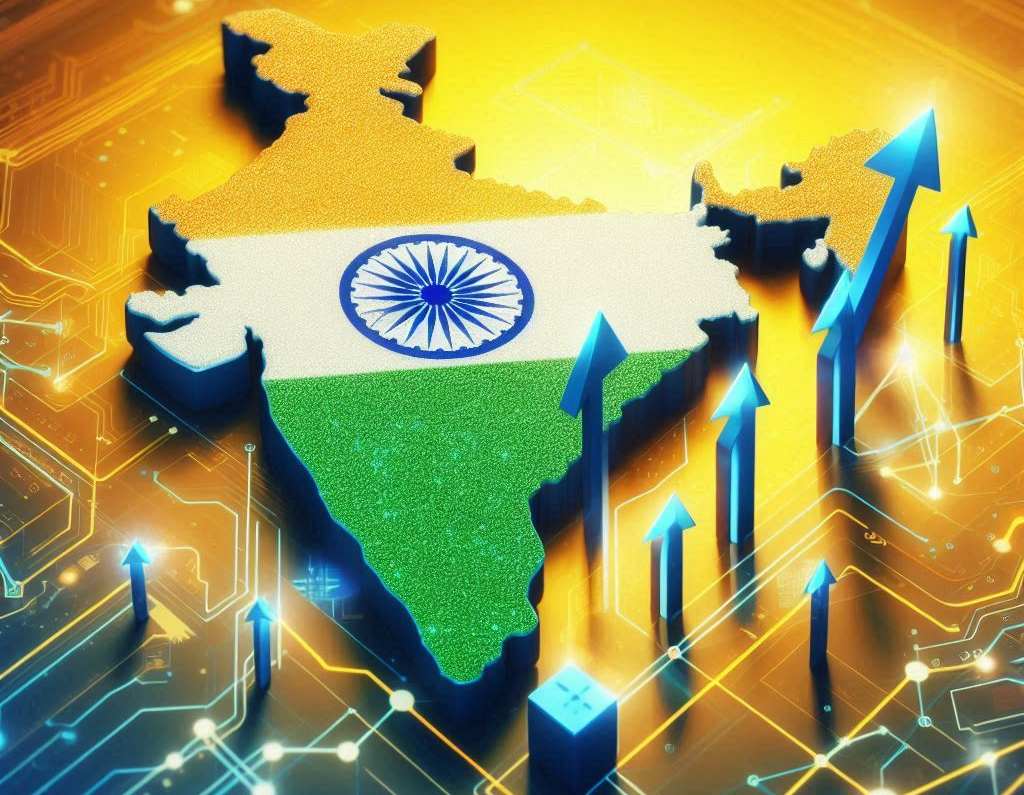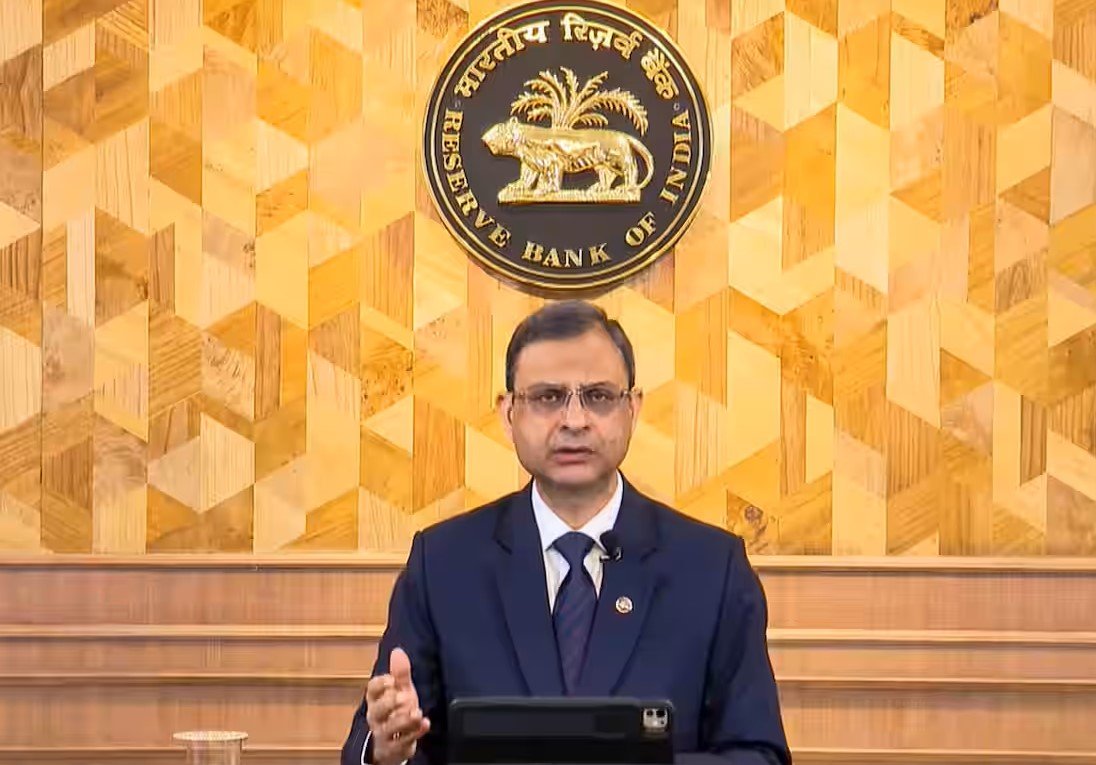RBI increases scrutiny on NBFC loan growth due to credit bubble concerns
- EP News Service
- Sep 25, 2024

RBI intensifies scrutiny on NBFC loan growth
MUMBAI: The Reserve Bank of India (RBI) has heightened its examination of loan growth among Non-Banking Financial Companies (NBFCs) amid growing worries about a potential credit bubble. Recent reports suggest that the RBI is particularly concentrating on the unsecured loans sector, which carries greater risks due to the absence of collateral and interest rates that can range from 11% to 24%.
The RBI has requested detailed data from certain NBFCs regarding their loan growth, specifically looking for information on their outstanding portfolios categorized by product and the annualized interest rates applied. A communication from the central bank to senior officials at NBFCs indicated that the RBI aims to ensure that the growth in various product categories aligns with systemic standards to prevent the emergence of a credit bubble. According to ICRA Ratings, bank loans to NBFCs are expected to rise by about 12% in FY25, which could introduce additional credit risks. The RBI's increased scrutiny is intended to promote a more sustainable and compliant lending environment within the sector.
Key issues raised by the RBI include the risk of a credit bubble, particularly in the rapidly expanding unsecured loans market. In response, the RBI has sought comprehensive data from selected NBFCs to better evaluate the situation. This heightened regulatory oversight underscores the RBI's dedication to maintaining financial stability and curbing excessive risk-taking in the lending sector, especially as the economy continues to recover from past disruptions.
In November, the RBI instructed regulated entities to reassess their exposure limits for consumer credit and establish board-approved limits for various sub-segments, particularly for unsecured consumer credit, by February 29, 2024. The Financial Stability Report from June 2024 highlighted concerns within the consumer credit sector.
Firstly, delinquency rates among borrowers with loans under Rs 50,000 remain elevated. Notably, NBFC-fintech lenders, which dominate in terms of sanctioned and outstanding amounts, also exhibit the second-highest delinquency rates, trailing only small finance banks. Secondly, vintage delinquency, which measures loan slippage, remains relatively high in personal loans at 8.2%. Vintage delinquency refers to the percentage of accounts that have become delinquent (90-plus days overdue) within twelve months of origination) and is a widely used industry metric to evaluate the effectiveness of the loan underwriting process.











Reporter
Crisp, and to the point news coverage from India and around the world.
View Reporter News